The Power of a Special Place
A Regional Overview of Natural Beauty, Cultural Heritage, and Everyday Life
Located along Wisconsin’s northeastern shoreline, Door County is a region defined by water, woods, and a unique blend of seasonal and year-round communities. The peninsula extends into Lake Michigan and offers more than 300 miles of shoreline, along with preserved parklands, historical landmarks, and local traditions that span generations.
Natural Landscape and Outdoor Recreation
Door County’s natural setting plays a central role in its enduring appeal. Sunrises and sunsets reflect across the waters of Lake Michigan and Green Bay, while inland forests and open farmland add to the scenic variation. Five state parks provide opportunities for hiking, cross-country skiing, biking, camping, and wildlife observation. Peninsula State Park, the largest of these, also features a golf course, beach, and theatre venue for seasonal performances.
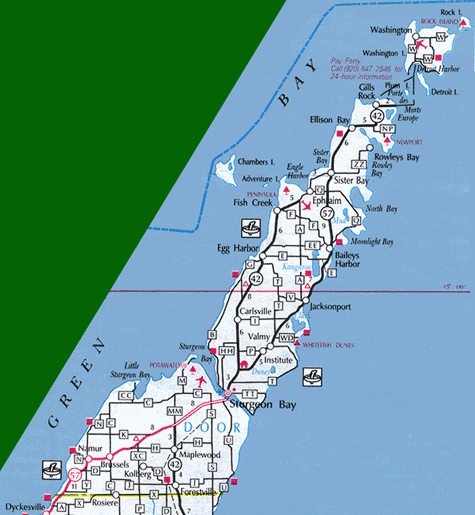
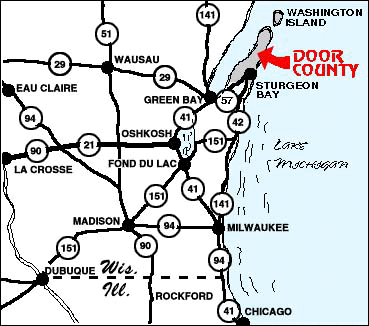
Throughout the year, the population shifts with the seasons. While the county is home to a year-round population of approximately 28,000, that number increases significantly in summer months and during the fall color season. This seasonal rhythm shapes the county’s infrastructure, economy, and cultural calendar.
History and Maritime Identity
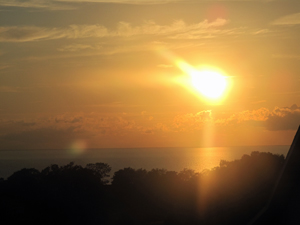
Eleven lighthouses are situated along the peninsula and surrounding islands, reflecting the region’s maritime heritage. Shipbuilding continues to play a role in the county seat of Sturgeon Bay. The connection to the water remains strong, with sailing, kayaking, and shoreline exploration among the regular activities.
The name “Door County” originates from the nearby strait separating the peninsula from Washington Island. Early explorers referred to it as “Porte des Morts” (Death’s Door) due to the dangerous currents and conditions. Improvements to transportation and access have since made the island a regular destination.
Agriculture, Orchards, and Local Produce
Agricultural activity continues to shape the local economy and landscape. Door County produces a significant portion of the state’s red tart cherries, supported by roughly 2,500 acres of orchards. Apples are also widely cultivated, with harvests peaking in autumn. Farmers’ markets and roadside stands offer seasonal produce and locally made goods throughout the growing season.
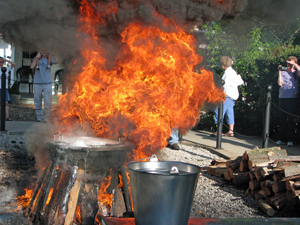
Seasonal rhythms often influence daily experiences in the region. During the harvest period, it is common to visit local orchards during the day and later attend fish boil dinners in the evening, both rooted in longstanding regional traditions.
Artistic Culture and Galleries
Artists often cite the region’s light and natural surroundings as inspiration. Galleries across the peninsula showcase work ranging from fine art and painting to pottery and handmade jewelry. These galleries frequently reflect the seasonal changes and textures of the landscape in their collections.
Notable Lodging and Dining Establishments
Door County offers a wide range of accommodations, including bed and breakfasts, inns, resorts, campgrounds, and walkable hotels. Some properties operate seasonally, particularly between spring and late autumn, while others remain open year-round. Travel between towns is relatively easy, with the full length of the peninsula spanning approximately 70 miles.
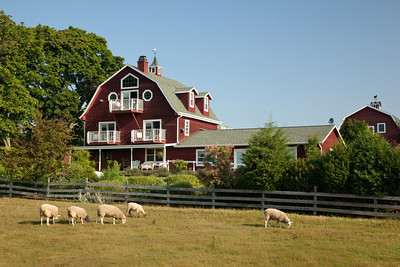
Several accommodations are located in buildings with preserved or repurposed architecture. One example is the Chanticleer Guest House in Sturgeon Bay, where lodging is offered within a converted barn and a restored 19th-century farmhouse. These types of establishments reflect the region’s character by blending historical features with modern use.
Distinctive dining locations are also part of the local experience. In Sister Bay, Al Johnson’s Swedish Restaurant features a sod-covered roof often occupied by goats, attracting attention for both its design and its connection to Scandinavian culture. The restaurant includes traditional décor elements such as Norwegian rosemaling and timber construction techniques.
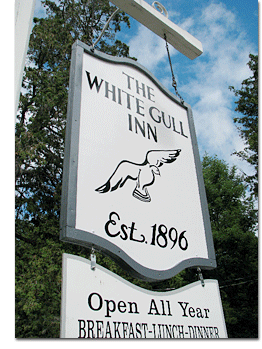
In Fish Creek, the White Gull Inn is recognized for its historic atmosphere and its regional dishes. The inn’s breakfast menu has gained national attention, with items such as cherry-stuffed French toast noted as a local specialty. These menu offerings are often seasonal and incorporate local ingredients, including cherries harvested in the area.
In Ellison Bay, the Viking Restaurant has become known for preparing fish boils, a cooking method associated with Scandinavian tradition. These events typically feature locally caught whitefish and potatoes, followed by regional desserts such as cherry pie. The fish boil itself is often presented with a flame-intensive technique, reflecting historical cooking practices used in the region.
These establishments contribute to Door County’s regional identity through preserved architecture, cultural continuity, and culinary traditions rooted in local agriculture and history.
Performing Arts and Seasonal Events
The region supports a range of performance venues, with events scheduled across seasons. Theatre productions, classical music concerts, and jazz performances are held in locations from outdoor stages to historic auditoriums. Several music centers and non-profit arts organizations help sustain year-round programming.
Public parks frequently serve as informal concert venues in warmer months, with music and other cultural programming presented free of charge to the public.
Retail, Shopping, and Artisan Goods
Shops and galleries in Door County often occupy converted barns, cottages, and cabins, offering handcrafted goods, local artwork, home decor, and seasonal products. Some locations also host workshops or live demonstrations on traditional crafts such as candle-making and coffee roasting.
A Region Defined by Character and Continuity
While known for its scenery and attractions, Door County’s deeper appeal lies in its rhythm, scale, and continuity. The combination of natural spaces, working communities, and preserved cultural features creates a setting that is both reflective and engaging. Whether visited for a weekend or explored over time, it offers a sense of place shaped by history, nature, and everyday life.
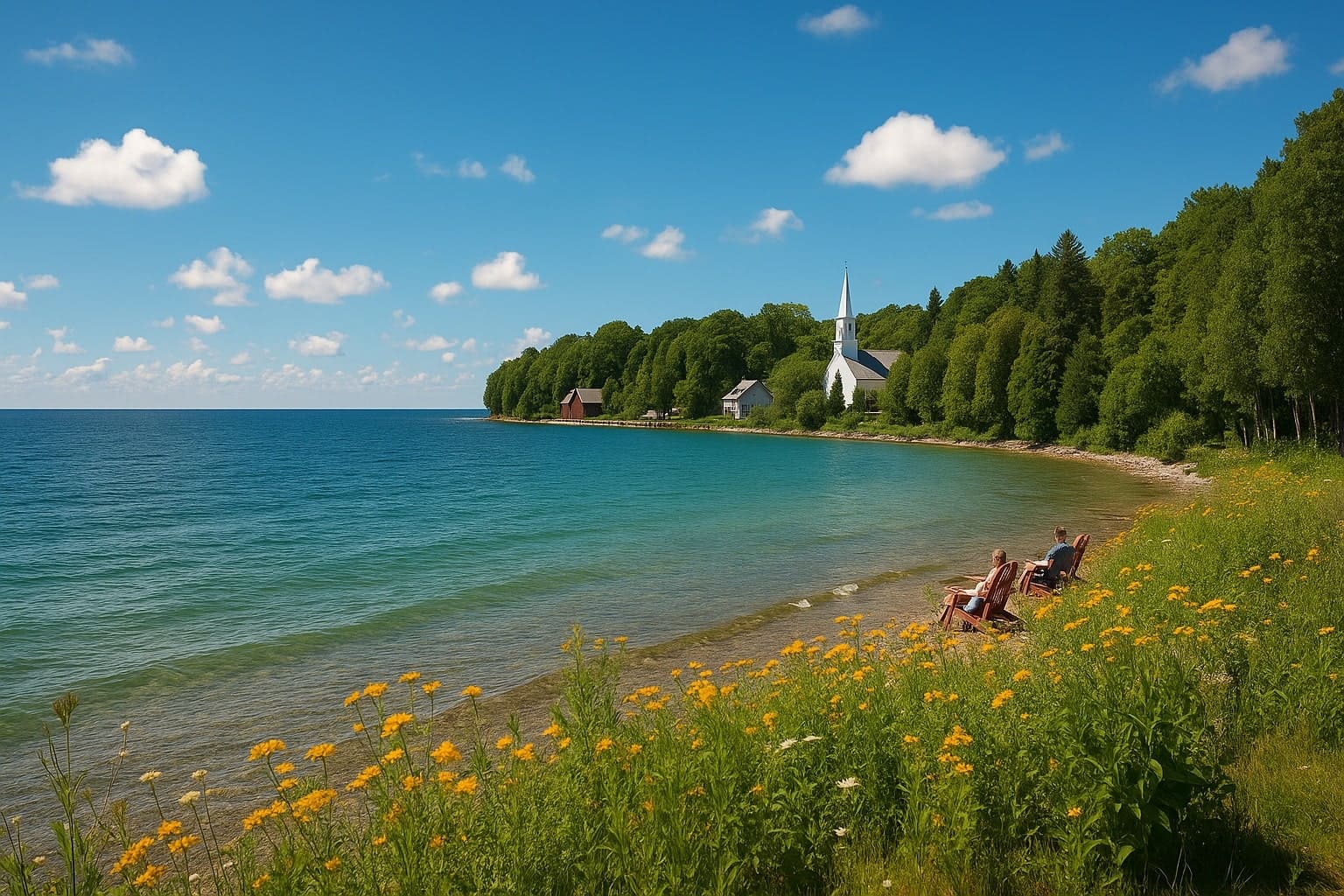
Comments are closed